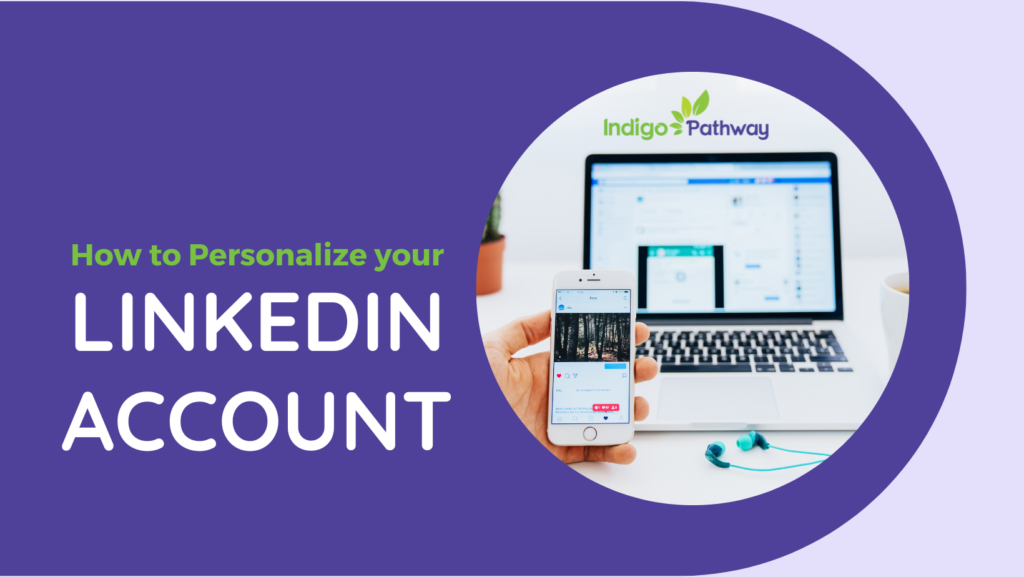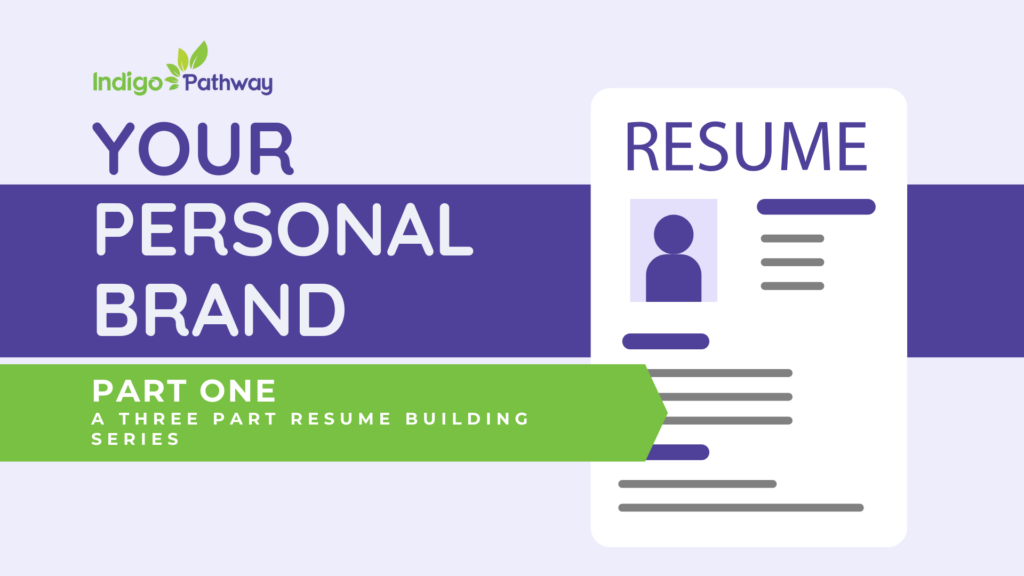Creating a Killer LinkedIn Summary

You might be reading this blog and wondering, “What is a LinkedIn summary anyway?” Well, in your LinkedIn profile find the About section, there you’ll see a text box below your photo where you can use 2600 characters to “write about your years of experience, industry, or skills…achievements or job experiences.”
There’s only one chance at a first impression and the summary blurb is your opportunity to show who you are beyond keywords, achievements, positions, and degrees. (Of course, you might want to add those in there as well!) The summary is on your terms, to do with what you want, and to catch the eye of others as you find a career path.
What makes a good summary?
We’re not going to provide you with a “How-To” per se, but we will list for you the aspects that make summaries shine. Then you can choose for yourself the rays of light you utilize.
1. Hook the reader
Much like you would with a lede in a news article or a tagline for a film, you need to hook the reader. According to Laura Lake, in her blog “What is a Tagline?”, it “is, by definition, a pithy descriptor used in marketing campaigns to communicate the unique value proposition of a brand or its products.” You are the campaign. Start with a statement about yourself that highlights your original gifts, interests a reader, and leaves them with a good feeling about you.
2. Get personal
Share who you are with the reader. What drives you? Why do you want to do what you do? But also, what makes you human? Hobbies and interests might have just as much of an impact on finding the right position as your previous work experience.
3. Tell a story
We all love stories! What’s yours? Just like we want to be hooked into reading your summary, we also want to identify with it. Tell us how you got your first job, why you love comic book movies, or how you met your partner. If it connects you to your reader, then it’s worth telling.
4. Put your career, and the path you took to get there, into context
Succinctly explain your current position or the position you are looking to find. Don’t just list the occupation, describe your purpose and process. If you’re looking for your first job, even better! Putting your best foot forward, communicate your desires and expectations to your future colleagues.
Additionally, most of us have not followed a straight line to our current job. Make sure to show the path that you took to get where you are, even if that is at a place of transition. Whether looking to expand your career, change it, or start it, the reader wants to understand you, and part of that is guiding them down the road you’ve taken.
5. Confidence and humility
Convey confidence in your abilities and an understanding of how they connect to the growth and success of your company. A future colleague wants to trust your skills and potential. Yet, show humility. There is always more to learn. Seeing someone’s humanity lends toward empathy and admiration.
6. State your goals and ambitions
Talk about what you want to do next! Not only do we want to know your dreams and aspirations, but also, what’s your plan to get there. This reveals more about your abilities and could align with a future employer or colleague. Not to mention it’s another chance to connect with and inspire people.
7. Keep it simple
We can’t recommend this more—keep it simple! In everything. You have 2600 words, but you don’t have to use them. Succinctly convey your message, in a clear and concise format, and then get out. Leave the reader wanting more. Additionally, break up your summary with paragraphs and white space, even lists or bullet points, to keep the eager reader engaged.
8. Don’t be afraid of humor
Don’t be too serious…unless of course, you are just a very serious person, then be yourself! We don’t know anyone that doesn’t like to laugh and we all remember the people that made us giggle. If you’re funny, let it out! The summary is to show your humanity, you don’t have to behave like a business robot.
9. Connect with people
If you are looking to make connections with people—say it. You never know who might be your next coworker, boss, friend, or collaborator. Let people know that you would love to hear from them.
10. Keywords, not jargon
The summary is an excellent place to add those keywords that will catch the interest of the algorithm. However, using “jargon”—“words or expressions that are used by a particular profession or group of people, and are difficult for others to understand” according to Oxford Learner’s Dictionaries—can alienate people that you may want to meet. Assess your target audience and then edit your keywords and jargon as needed.
How Can We Help?
The Indigo Pathway results provide many great descriptive words and phrases that can be used in your LinkedIn summary. People find using their results as a starting point makes writing summaries like this, resumes, or even talking about themselves much easier.
Take our free career path quiz and then utilize the-
- Statement under your name
- About section descriptors
- Listed strengths
- Job strategy information
Here’s an example of how we recommend using the assessment results to create a simple and authentic summary!
Want Help Choosing a Pathway to a Fulfilling Career?
Are you not sure you are on the right path? Or maybe you aren’t sure which path to choose? Take our career pathway test, then find a path that aligns with your personal strengths, motivators, and behaviors. A 10-minute test gives you insight into your strengths, as well as a list of career matches.
And for even more help, contact one of Indigo Pathway’s certified coaches to guide you toward where you want to be. Whether you’re looking to find a job that suits you, or find a new career, we’ve got the quiz to start you on your way!
Resources and References
https://www.thebalancesmb.com/what-is-a-tagline-4017760
https://www.oxfordlearnersdictionaries.com/us/definition/english/jargon?q=jargon






